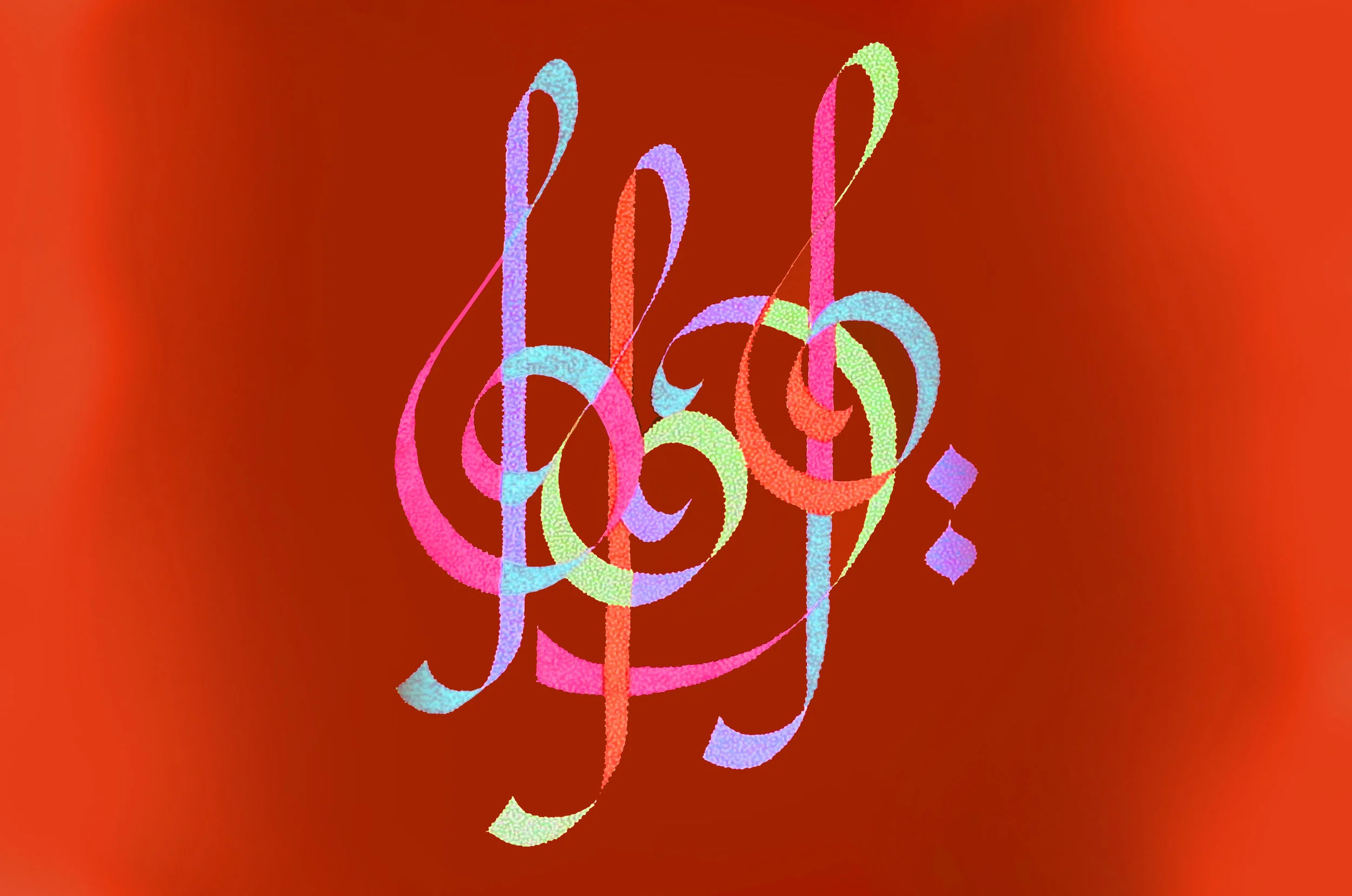STAGE THREE: TEMPO, DYNAMICS, ARTICULATION AND PEDALING
While learning the notes, rhythm and fingering of a new piece of music, you are also probably aware of the tempo, dynamics, articulation and possibly the pedaling needed to convey the composer’s intentions.
TEMPO
Tempo is the speed the piece is to be played. Most of the time, this is designated in Italian terms, e.g. Allegro, Moderato, Adagio, etc. Composers also convey suggested tempo through metronome markings indicating the number of beats per minute. For example, a quarter note equals 120 means that there should be the equivalent of two quarter notes for every second. Every pianist needs a good metronome for many reasons, including the determination of tempo.
Tempo can be changed through such terms as ritardando (slowing down,) accelerando (speeding up,) and a tempo (returning to the original tempo.) Often a piece will slow down toward the end to signify the completion of the performance. It may take time to play a piece at the correct tempo. It is far better to learn slowly and gradually speed up rather than playing fast too soon with a lot of mistakes.
DYNAMICS
Dynamics (changes in volume) are usually written in the score; e.g. forte, piano, mezzo piano, crescendo, diminuendo. These need to be observed and practiced carefully. However, there are also implied changes in dynamics. To interpret a piece musically, one needs to consider phrasing as well. Dynamic changes can help to shape a phrase. For example, you might begin a phrase relatively softly; build to the middle of the phrase, and then taper off at the end, lifting off gently with your wrists. To do this appropriately, you need to consider the period in which the piece was written. Baroque period music (e.g. Bach) will be phrased and played much differently from Romantic period music (e.g. Chopin). This is a huge topic of discussion that will be addressed in a later post.
You also need to be aware of the hand that has the melody. It is important to bring out the melody at a more intense dynamic level than the hand with supporting harmony.
ARTICULATION
Articulation concerns the way the notes are to be played; e.g. legato (connected), staccato (detached), accented, etc. Again changes in articulation are often written in the score. You can make other changes according to style and period. For example, two separate lines in Baroque period music can be articulated differently (one legato and the other detached). A more detailed discussion of this will take place in a later post.
PEDALING
Again this is a broad subject in need of much more extensive explanation. In a few brief words, there are many gradations of pedaling (with the right foot damper pedal), from full, to half to even ¼ or 1/8 pedal. The heel should always be on the floor, and the ball of the foot in contact with the pedal. For overlapping pedal, make sure to change your pedaling immediately after the new harmony or note is played. This will insure seamless continuity of sound.
The soft pedal (or “una corda”) is controlled by the left foot and can be used for very soft passages.
On some pianos, the sostenuto pedal is found in the middle. It sustains only those notes that are being held down when the pedal is depressed, allowing future notes played to be unaffected. On other pianos, the middle pedal is a “mute” pedal that allows all keys to be played quietly. Some pianos do not have a middle pedal.
Occasionally, pedaling is written in the music, but most of the time left to the discretion of the pianist. The period in which a piece was written will provide some guidelines on how frequently the pedal should be used. In Baroque music, pedal should be used sparingly, slightly more in Classical period music and more lushly in Romantic or Impressionistic music.
The next post will address interpretation and memorization.
In a later post, I will more fully explore periods of music with suggested dynamics, pedaling, articulation and interpretation.
